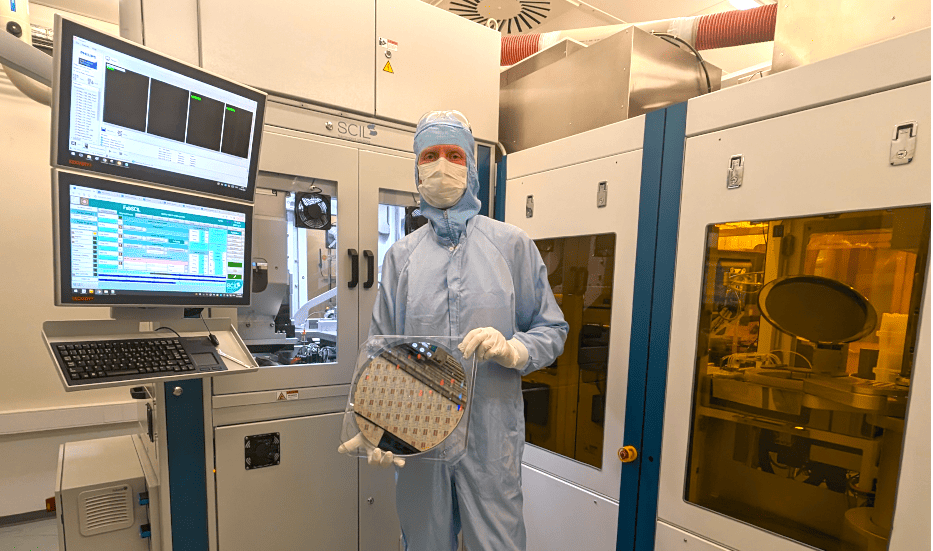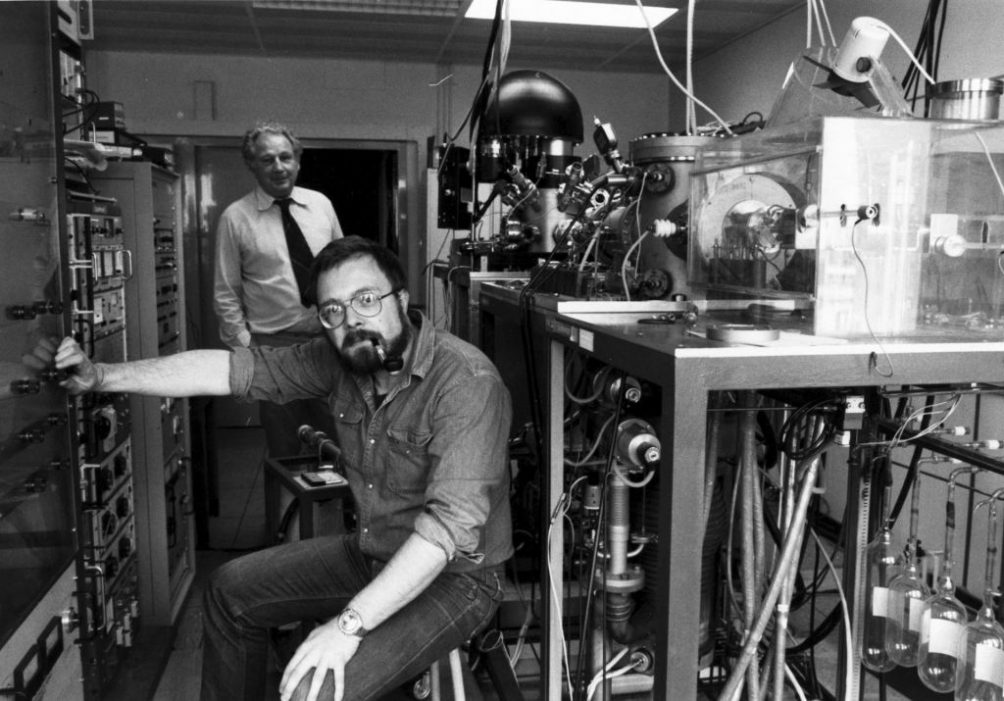
The Philips Natlab was a breeding ground for unexpected ideas and solutions. Innovation was stimulated there as people from different disciplines could spontaneously meet and catch up. This led to many groundbreaking discoveries. The Brainport region is still benefiting from Philips’ legacy. Or is this way of working starting to wear out? Do the key players still know how to do it? How can the mechanisms to stimulate technological innovations continue to function?
- The Philips Natlab served as an inspiring breeding ground for innovation, where different disciplines spontaneously came together;
- Anno 2023, there is less emphasis on interdisciplinary collaboration and more focus on efficiency, patents and corporate interests;
- There is a discussion on how the Brainport region can continue to benefit from innovation;
- For this, unexpected meetings, physical co-locations are indispensable, as are incentives for collaboration over efficiency and publications.
Mikrocentrum‘s general manager Edwin de Zeeuw discussed those questions with Guustaaf Savenije (general manager of VDL ETG), Ton Flaman (consultant at Innovation Ecosystems), Hans Krikhaar (Lecturer at Fontys Hogescholen and foreman of DSPE) and Janne Brok (Managing Director at Eindhoven Engine) during the Techcafé on the 7th of December.
As crucial as the legacy of Philips is, today’s situation is substantially different from that of the NatLab back then. “Of course, even now, there are coffee machines that serve as the place to exchange ideas with each other,” says Ton Flaman. “But essential to this is the presence of different disciplines. We took that for granted at the time, but of course, it’s not. In addition, there was money to allow people to work in relative freedom. And just as important, there was no whining and fussing about patents. Now that’s different; representatives from different companies are at the coffee machine.” But there is another difference, he says. “For every technical question that arose, there was a specialist. There was money for that. Such a specialist knew a solution for every problem and would be in Drachten one day, in Hasselt, and the next day at the Natlab.
Facilitating unexpected encounters
The system devised by the Eindhoven Engine is most similar to this, says Janne Brok. “For us, it’s all about the unexpected encounters and the solutions that come from them. Physical colocation is essential for that. Exactly like at NatLab, in other words.” NatLab was a flow-through model, she says. People worked there for a few years, after which they returned to the business units. “That phenomenon is, of course, still visible for individuals and companies. People still find each other from those old connections.” She calls it “the opaque fabric” of the region. “But if you look at that now, you see it is in danger. Efficiency thinking has taken over.”
Flaman signals that it can be challenging to put people together. “At Philips, they are not always eager to deploy their developers in another location. Nor at ASML; they have problems and prefer to solve them themselves. So you have to organize that differently. The management has to believe in it. We have seen that this can lead to excellent results at MTiC, the Eindhoven Medtech Innovation Center. Philips works with the TU/e, and the hospitals in Eindhoven and Kempenhaeghe. Maybe not colocation but cooperation within cycling distance. See, then it can work after all.”

Daring to call each other
Guustaaf Savenije also sees things developing in the right direction. “We used to be a collection of separate, independent companies at VDL. Now, you increasingly see that employees from different levels and companies call each other when they have a problem. Only then do they notice how nice it is to work together? That way it can grow, exactly like at the NatLab.”

Calling does become more manageable if you know each other a bit, adds Hans Krikhaar. “Here at the table, we know each other and dare to call each other if there is a problem. But if I call a stranger, the answer is probably that he is too busy.”
Or maybe it’s because of the incentives? “Why would a TU employee put energy into collaboration?” Flaman wonders aloud. “He is judged on papers and on bringing in money. Those are his incentives. But not on collaboration. For that, too, we can take an example from the NatLab. If you brought four business units together and solved their problem, you were appreciated for that. We also need that kind of incentive here rather than efficiency or papers.”
Students as examples
Perhaps the example today comes precisely from young people, Flaman suggests. “I continue to love seeing those student teams. They are given the space and time to decide how to do things. Plenty of collaboration with each other and with companies. Everything interdisciplinary. And precisely because they go through such a formative phase, they keep in touch for a very long time afterward. And you know, these are the managers of tomorrow. So I hope that in the future they will show again how much cooperation can bring.”
Collaboration also comes plenty from students at Fontys, adds Hans Krikhaar. “Still too little in student teams, but we do have gold in our hands for SMEs. Because innovating is expensive, it takes time; you need focus. Well, we can solve that by using our students. They are not expensive, have time and focus.”
Brok thinks the biggest opportunities for Brainport lie “in the challenges for which we don’t yet have pillars.” In other words, the big global problems. “Because those are pre-eminently the problems we all have to solve. With that view, we must look to the future: what do we need in ten years to ensure that we properly address those problems for which we do not yet know how to make money? We need to start doing that now.”


